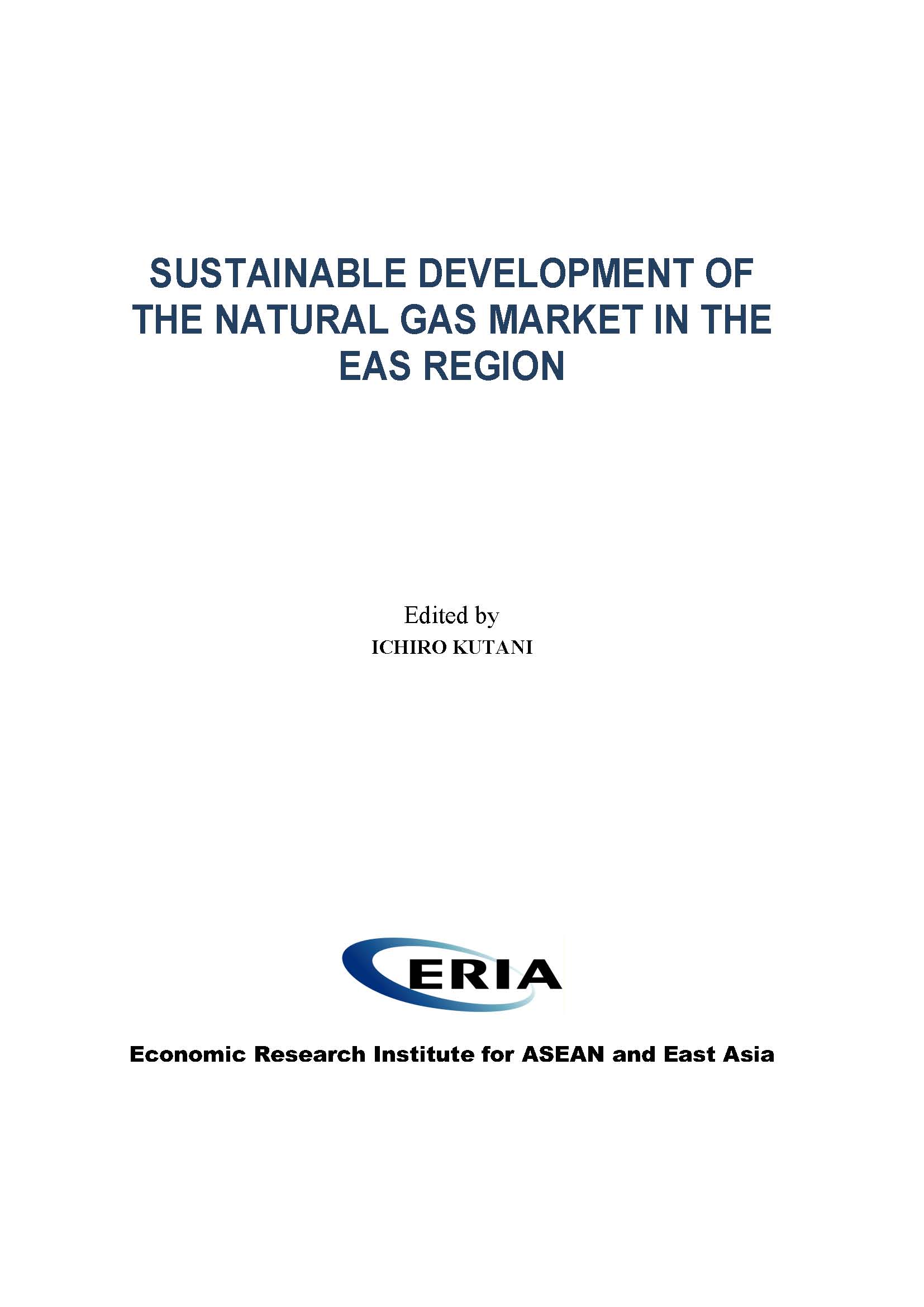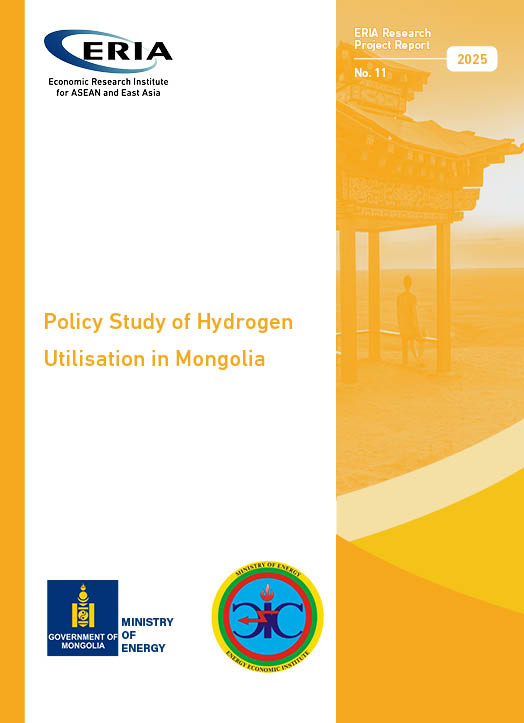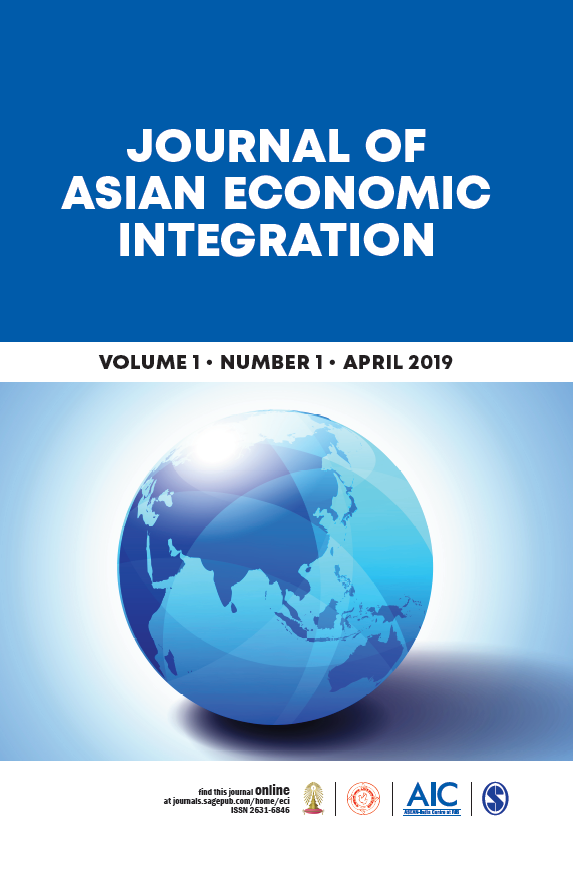Sustainable Development of the Natural Gas Market in the EAS Region

Print Article:
Executive Summary
This essay explores the necessary measures to achieve the sustainable development of the natural gas market in the East Asia Summit (EAS) region where demand for natural gas is increasing, considering the currently observed and anticipated changes in market conditions.
MAIN ARGUMENT
The role of natural gas in energy supply is increasing in the EAS region where energy demand is steadily growing. The driving factors of this trend include the effective use of domestic resources, diversification of energy source, and reduction of environmental load. At the same time, we see rising import dependency for natural gas supply in many member countries. Also, we are experiencing and anticipating structural changes in the global gas market, particularly as regards the shale revolution in the United States. As such, the region needs to implement necessary and appropriate policy measures that can respond to this changing situation.
The essay first examines recent changes in the global gas market that may have an influence on the EAS region. Subsequently, natural gas supply-demand and policy trends in the region are explored. By having this background information, the second part of the study analyses the natural gas/liquefied natural gas (LNG) supply-demand outlook of the region. Lastly, the study discusses major issues that policy makers need to address.
KEY FINDINGS
? The region will see strong growth of natural gas demand, which is assumed to outpace the increase of regional natural gas production. As a consequence, the demand and supply gap is likely to increase by about five times from the current 105 billion cubic metres (BCM) per year to approximately 499 BCM per year in 2035.
? Even though the region cannot be self-sufficient in gas supply in the future, global supply can fulfil import demands in the region.
? Major uncertainty in the demand side includes economic growth rate, particularly in China and India, the amount of nuclear use in Japan, and the domestic price system in developing countries, whilst production side uncertainty lies at unconventional gas development in the region, and timing and degree of investment decision.
POLICY IMPLICATIONS
? If the region can diversify power supply mix and improve the efficiency of natural gas use, the risk of natural gas import dependency could be mitigated.
? If the domestic price of natural gas can appropriately and timely reflect its supply cost, member countries will not only avoid wasteful use of natural gas but also facilitate development of domestic natural gas resource.
? If the regional and global natural gas market can have more flexibility in natural gas/LNG supply, the region may be able to attain the same level of supply stability at lower cost or a higher level or stability at the same cost. Also, flexible trade of natural gas/LNG may provide more opportunities for suppliers to earn profits.
? If net exporting and net importing countries can share and hopefully form a common view on future prospects, the international and regional market can be more stable.
Full Report
Contents
List of Abbreviations and Acronyms
Chapter 2. Global Gas Market Trend




